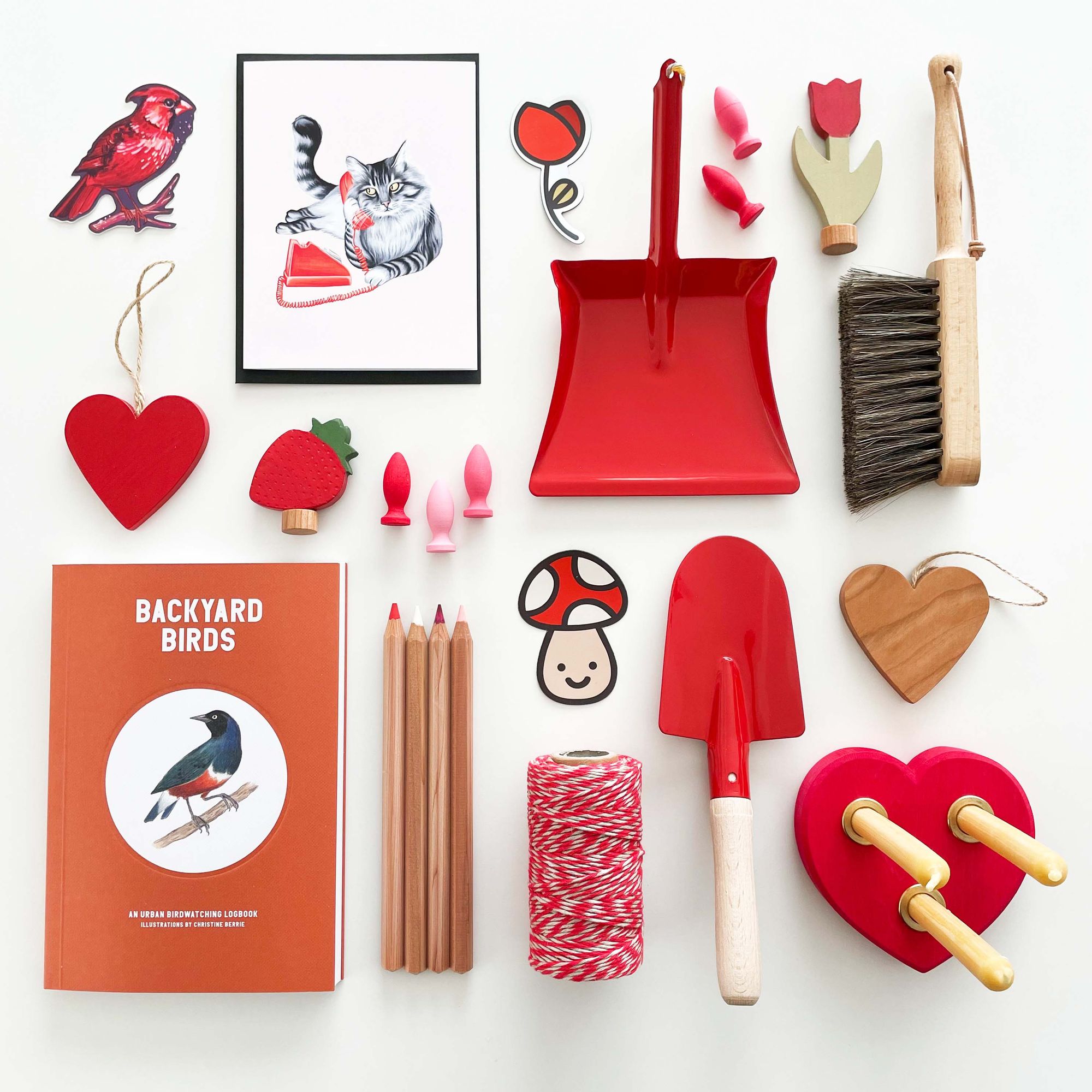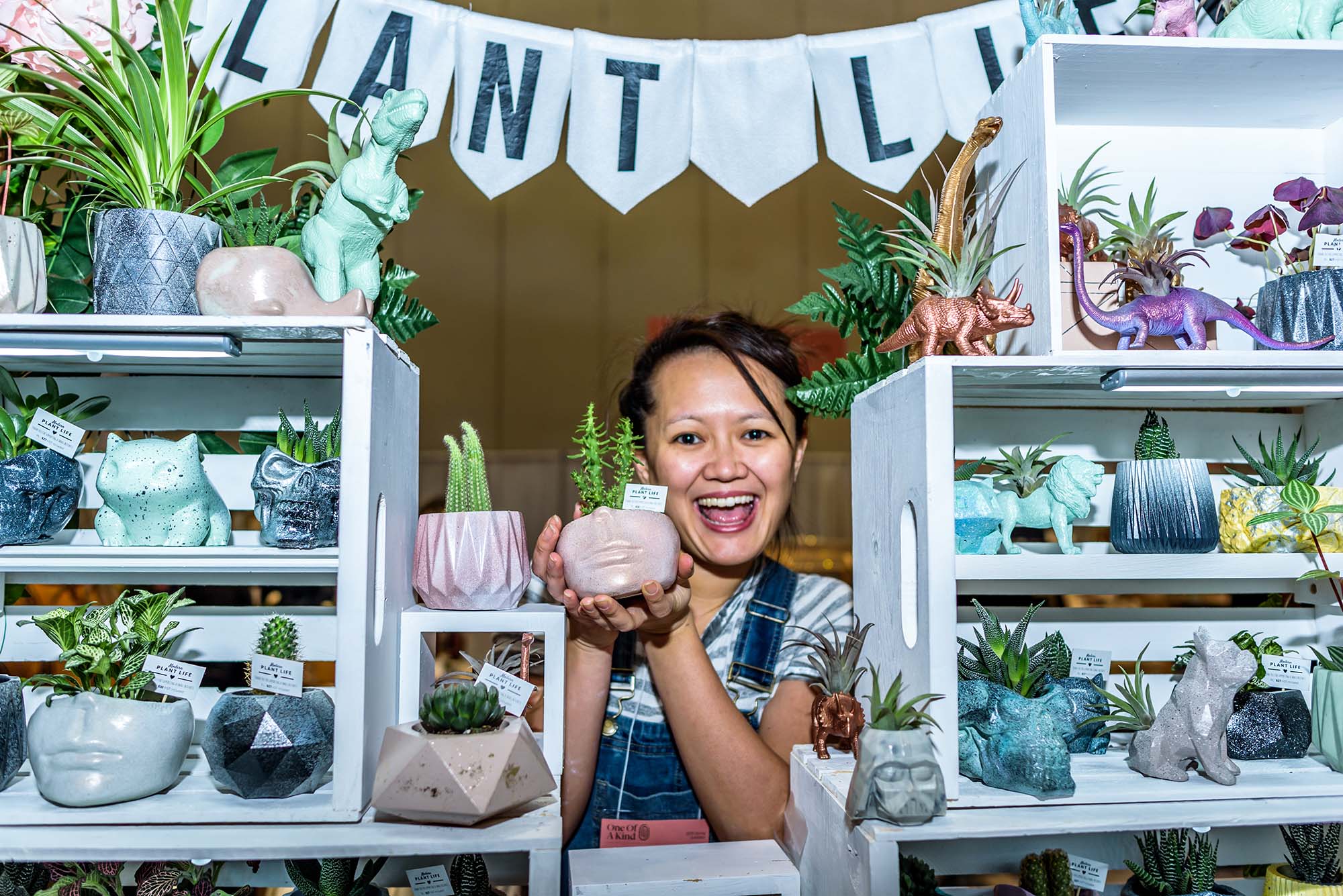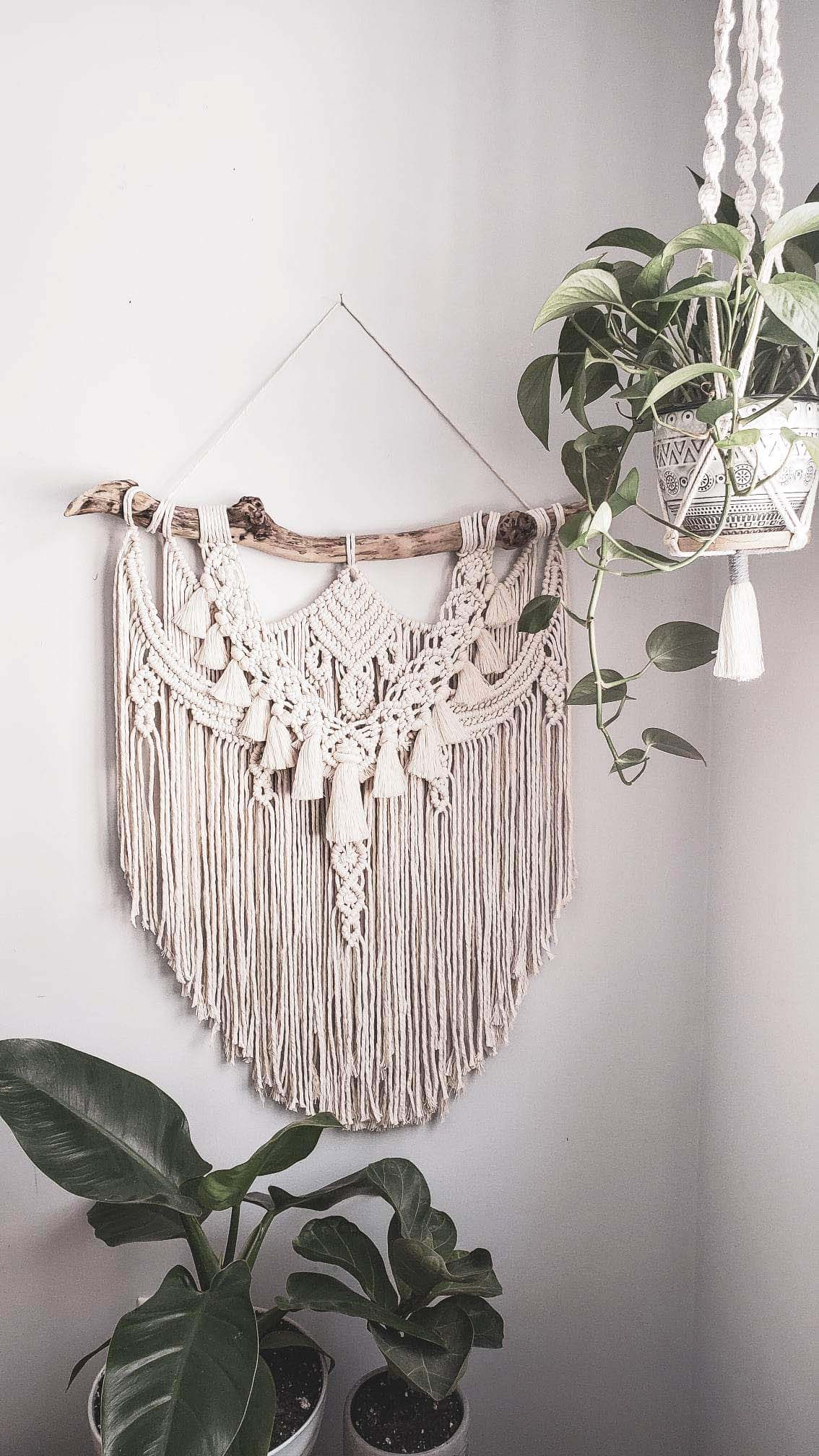If you feel like creating content is a full-time job, well, you’d be right — it is a full-time job for lots of people. But as a small business owner with lots of different hats to wear, you can’t be filming Instagram Reels all day, every day. So how do you focus your content strategy so you can create content that works for your business and doesn’t take up all your time? We asked content marketer Jasmine Williams to share her tips.
Workshop: As a content strategist, what does your work entail?
Jasmine Williams: I specialize in long-form content. Blog posts and copywriting are my bread and butter. Sometimes I'll do strategy sessions, especially with small business owners. We'll sit down for a 90-minute session that I do like an AMA: send me some questions in advance, I'll prepare some notes, we'll talk through everything, and then I’ll send a document that summarizes what we talked about.
When I started, I did a lot more social media management, and I'm still managing social media for my own business. So I totally get that you have to be a content creator if you're running a business, or if social media is a part of your marketing in any way.
W: When people hire you for strategy sessions, what are some of the common things they’re struggling with?
JW: A typical thing I hear is “I know what I want to say, but I don't know how to say it.” Or “I know this is important, but I don't really have the time for it — I have other things to do.” Or maybe they've tried to do things on their own and realized that it's overwhelming or they're not getting the results they were looking for, and they need some support.
W: For someone who wants to outsource at least part of their content, what do they need to have organized before they can press the button on that?
JW: The biggest thing where I'll tell people “no” or maybe “not right now” is if they come to me when they don't know who their audience is. I take a very serious approach to content marketing. It's an extension of your marketing strategy. I really hate when people are like, “oh, I just need some social posts,” or “I just need some blog posts.” And I'm like, well, why? What is the goal? Do you know that this is going to help you get there?
I don't like to do content for content’s sake. I want to understand who you're trying to reach and what channels make the most sense before we even start talking about the project scope. Sometimes people don’t fully understand who their audience is, or they don't know why people buy from them. And those are key things I need to know as a content person, or we will fall into the trap of creating content just for the sake of it and it won't hit the way that it should.
Really good content should feel conversational.
Really good content should feel conversational. It should feel direct. You should be speaking to your audience's pain points or desires and building a story around your brand. In order to do that, you need to know who you're talking to and why they care about you.
If a business owner comes to me and they're like, I know who my audience is, I know who buys from me, and I have a pretty strong idea of what that looks like, then I would ask them, what kind of content are you interested in? That's when we could start scoping out the project.
A photographer approached me a few months ago and was really clear about creating blog posts. At first I was like, okay, why? But she had a strong idea in mind where she wanted to create blog posts to educate her audience. She said, people don't really know what I do or what my process is, so I want to create some content that I can refer people to and show them, this is what it's like to work with me.
You don't necessarily have to have a ton of things organized. But you need to understand why we are doing this and what success look like beyond a lot of traffic or likes.

W: What exactly do you mean about knowing your audience?
JW: I ask questions, like tell me about who your ideal customer is. Usually not too big on the demographics of it, but do you have an idea of the motivations? Are they purchasing for holidays? Are there particular times of year that people tend to buy from you, or reasons why they would buy from you?
Taking that photographer, for instance, her ideal customer is business owners who are in more traditional fields: lawyers and optometrists, brick-and-mortar-type professionals but service-based. She also knew their pain points: a lot of them aren't comfortable on camera, aren't necessarily super creative, so that's where I could really help.
Right away if I was creating content, I have something to latch on to: Hey, are you this kind of business owner? Have you tried creating content but it feels weird? That's where the natural story comes from. Otherwise, it comes across very “we” focused. It's “This is what we do, this is our store,” but you're not talking to the person.
W: That's a really important distinction, isn't it?
JW: It's copywriting 101, which is switching from “me” to “you.” A lot of people will write “we are this, we do this, we're great at this” on their website. An easy switch to make it better would be to change it to “you.” “Are you looking for this? Do you want this? We can help you with this.” People care about themselves. We don't necessarily care so much about businesses, we care about what the businesses can do for us. The faster you can get there, the better your messaging will work.
W: A lot of business owners struggle to fit in enough time to create content. Do you have any tips on how to get around that?
JW: One tip is to structure your social media channels to function like a business card. Make sure it's clear what you do and who you do it for, and have a link in bio that takes people where they need to go. That's a good foundation, so if you can't create content all the time, people can still get a sense of who you are. Have some pictures, have some videos, but they don't necessarily need to be new.
Of course these algorithms want us creating content all the time, but if you think about your personal goals, you might not really need to do that. This way, at least you know even if you didn't create content for a month, people could still come to your profile and and find what they need.
It's a cliché, but consistency is better than quantity.
The second step is being realistic with yourself and what you can do. Personally, I tend to be ambitious with my socials, especially because I know I have the ability — I know all this stuff, I know how it works. But even so, it is extremely time-consuming to do it well. So if you think you want to do five posts a week, cut that in half. It's a cliché, but consistency is better than quantity. If you can consistently put out two posts a week, it is probably going to be better than doing five posts a week for a month and then burning out and ghosting all your channels.
The third tip is to think of content that is really simple to produce. Like if you think about reels, they can be extremely complicated or a five-second lip-synch video. Make sure you're not being too ambitious with your content. There's things you can do that are very low touch. For instance, Instagram right now really likes carousel posts; that's something that you could batch. Come up with some ideas like “five tips to x”, write that out, put it in a Canva graphic and then drip it out. That's something that doesn't necessarily require you to be filming or on camera, which I find tends to be what slows me down with my own personal social strategy. Anything that involves me to actually do a lot of work, that's the bottleneck, because of course you’ve got other shit to do.
I also say, go on social media, see what other people are doing. That's how I get a lot of my ideas. I'll see something, I'll be like, oh, that doesn't seem that hard, I think I could do that. Let yourself scroll and gather ideas. Right now there's an Instagram trend of people putting text over B-roll type videos. That's something super easy. You can set up a camera, record 20 seconds and put some text over it and boom, you're done. It's just finding that sweet spot and what you can really realistically do.
Jasmine Williams is a freelance writer turned multi-hyphenate CEO who loves showing purpose-driven entrepreneurs how to harness the power of content marketing. Through her signature “strategic storytelling” approach to copywriting and content creation, she helps creatives, coaches and founders launch impactful offerings that grow their audiences, attract the right people and help them become go-to experts in their industry.








